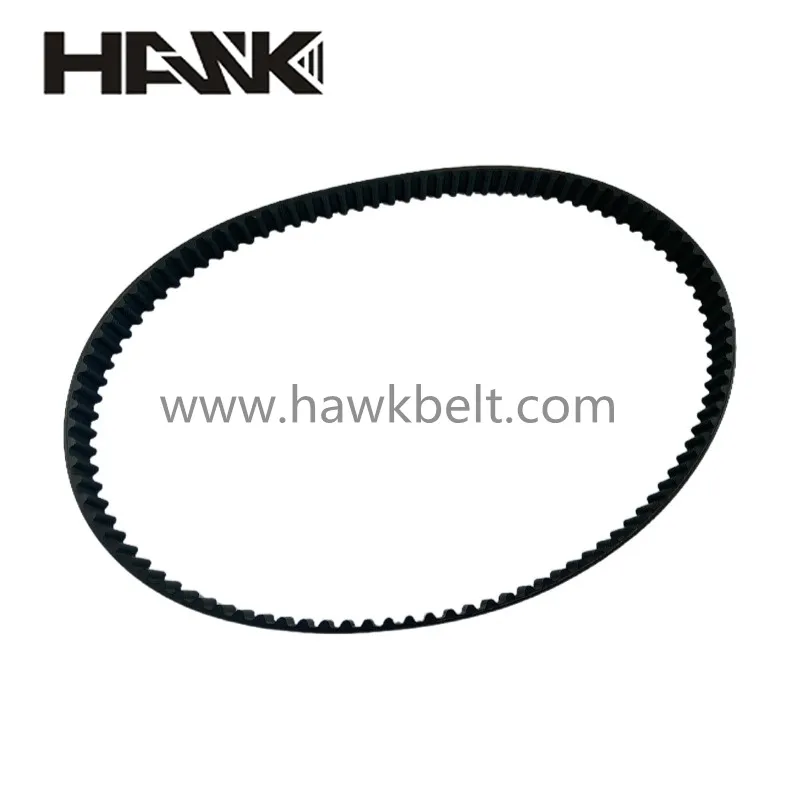- Arabic
- French
- Russian
- Spanish
- Portuguese
- Turkish
- Armenian
- English
- Albanian
- Amharic
- Azerbaijani
- Basque
- Belarusian
- Bengali
- Bosnian
- Bulgarian
- Catalan
- Cebuano
- Corsican
- Croatian
- Czech
- Danish
- Dutch
- Afrikaans
- Esperanto
- Estonian
- Finnish
- Frisian
- Galician
- Georgian
- German
- Greek
- Gujarati
- Haitian Creole
- hausa
- hawaiian
- Hebrew
- Hindi
- Miao
- Hungarian
- Icelandic
- igbo
- Indonesian
- irish
- Italian
- Japanese
- Javanese
- Kannada
- kazakh
- Khmer
- Rwandese
- Korean
- Kurdish
- Kyrgyz
- Lao
- Latin
- Latvian
- Lithuanian
- Luxembourgish
- Macedonian
- Malgashi
- Malay
- Malayalam
- Maltese
- Maori
- Marathi
- Mongolian
- Myanmar
- Nepali
- Norwegian
- Norwegian
- Occitan
- Pashto
- Persian
- Polish
- Punjabi
- Romanian
- Samoan
- Scottish Gaelic
- Serbian
- Sesotho
- Shona
- Sindhi
- Sinhala
- Slovak
- Slovenian
- Somali
- Sundanese
- Swahili
- Swedish
- Tagalog
- Tajik
- Tamil
- Tatar
- Telugu
- Thai
- Turkmen
- Ukrainian
- Urdu
- Uighur
- Uzbek
- Vietnamese
- Welsh
- Bantu
- Yiddish
- Yoruba
- Zulu
ጥቅም . 22, 2024 13:06 Back to list
Understanding the Benefits and Applications of Poly V-Belts in Modern Machinery
Understanding Poly V-Belts The Optimal Choice for Modern Machinery
Poly V-belts, also known as serpentine belts or multi-rib belts, have become increasingly popular in various industrial applications due to their superior performance and efficiency. Unlike traditional V-belts, poly V-belts are designed with multiple ribs running parallel to each other, providing a larger surface area that enhances grip and reduces slippage. This article explores the features, advantages, applications, and maintenance of poly V-belts, making them an optimal choice for modern machinery.
Features of Poly V-Belts
One of the defining characteristics of poly V-belts is their unique construction. Made from high-quality rubber compounds and reinforced with polyester or aramid fibers, these belts are engineered to withstand high tension and heavy loads. The multiple ribs not only increase the belt's contact area with pulleys but also allow for flexibility, enabling the belt to work efficiently over various radii and surfaces.
Poly V-belts are available in several sizes and configurations, making them suitable for a wide range of applications. The belts come in various widths, lengths, and rib counts, allowing users to select the perfect fit for their machinery. Additionally, poly V-belts can be manufactured to resist various environmental factors, including heat, oil, and chemicals, adding to their versatility.
Advantages of Poly V-Belts
The benefits of using poly V-belts over traditional V-belts are significant
. Here are some key advantages1. Increased Efficiency The wider surface area of poly V-belts allows for more efficient power transmission. This results in less energy loss due to friction, enhancing overall machinery performance.
2. Reduced Space Requirements Due to their slim profile, poly V-belts occupy less space than traditional belts. This compact design allows for more flexible machinery layouts and can even reduce the size of the drive system.
3. Minimal Vibration The design of poly V-belts contributes to smoother operation with reduced vibration and noise levels. This not only enhances the comfort of the workplace but also prolongs the lifespan of connected components.
poly v-belts

4. Lower Maintenance Needs Poly V-belts typically require less maintenance than their traditional counterparts. The robust material composition means that they are less prone to wear and tear, reducing the frequency of replacements and adjustments.
5. Versatility Poly V-belts are suitable for a myriad of applications, from automotive engines to industrial machines. Their adaptable design allows them to function effectively in various sectors, including manufacturing, agriculture, and automotive services.
Applications of Poly V-Belts
Due to their advantageous properties, poly V-belts are widely used across multiple industries. In automotive applications, they play a crucial role in driving accessories like alternators, water pumps, and air conditioning systems. The automotive industry's demand for improved fuel efficiency and reduced emissions aligns with the benefits offered by poly V-belts.
In industrial machinery, poly V-belts are utilized in conveyor systems, manufacturing equipment, and HVAC systems. Their ability to handle heavy loads while maintaining efficiency makes them an ideal choice for environments where reliability and performance are paramount.
Maintenance of Poly V-Belts
While poly V-belts are relatively low maintenance, regular inspections are essential for ensuring longevity and peak performance. Operators should routinely check for signs of wear, such as cracks, fraying, or glazing. Additionally, proper tension is crucial; a belt that is too loose can slip, while one that is too tight can increase wear on both the belt and pulleys.
Proper alignment of the pulleys is also significant, as misalignment can lead to premature belt failure. Following manufacturer guidelines for installation and maintenance will help ensure optimal performance and extend the life of poly V-belts.
Conclusion
In summary, poly V-belts offer a modern solution for machinery operating in various industries. Their unique design, efficiency, and versatility make them superior to traditional V-belts, making them the go-to choice for many applications. As technology continues to advance, the significance and adoption of poly V-belts are likely to increase, ensuring they remain a fundamental component in the machinery of tomorrow. Whether you are a manufacturer, mechanic, or operator, understanding and utilizing poly V-belts can lead to enhanced performance and reliability in your machinery.
-
Korean Auto Parts Timing Belt 24312-37500 For Hyundai/Kia
NewsMar.07,2025
-
7PK2300 90916-T2024 RIBBED BELT POLY V BELT PK BELT
NewsMar.07,2025
-
Chinese Auto Belt Factory 310-2M-22 For BMW/Mercedes-Benz
NewsMar.07,2025
-
Chinese Auto Belt Factory 310-2M-22 For BMW/Mercedes-Benz
NewsMar.07,2025
-
90916-02660 PK Belt 6PK1680 For Toyota
NewsMar.07,2025
-
drive belt serpentine belt
NewsMar.07,2025

